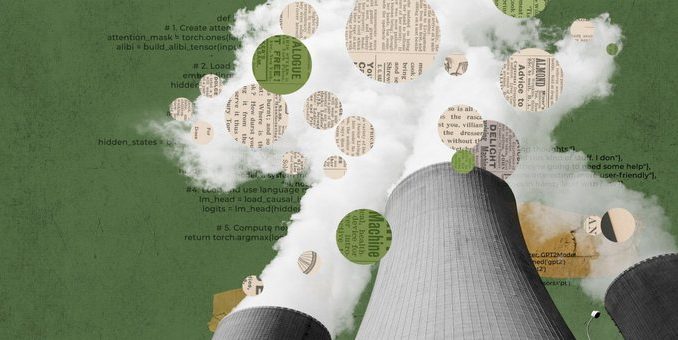
AI startup Hugging Face has undertaken the tech sector’s first attempt to estimate the broader carbon footprint of a large language model.
Large language models (LLMs) have a dirty secret: they require vast amounts of energy to train and run. What’s more, it’s still a bit of a mystery exactly how big these models’ carbon footprints really are. AI startup Hugging Face believes it’s come up with a new, better way to calculate that more precisely, by estimating emissions produced during the model’s whole life cycle rather than just during training.
It could be a step toward more realistic data from tech companies about the carbon footprint of their AI products at a time when experts are calling for the sector to do a better job of evaluating AI’s environmental impact. Hugging Face’s work is published in a non-peer-reviewed paper.
To test its new approach, Hugging Face estimated the overall emissions for its own large language model, BLOOM, which was launched earlier this year. It was a process that involved adding up lots of different numbers: the amount of energy used to train the model on a supercomputer, the energy needed to manufacture the supercomputer’s hardware and maintain its computing infrastructure, and the energy used to run BLOOM once it had been deployed. The researchers calculated that final part using a software tool called CodeCarbon, which tracked the carbon emissions BLOOM was producing in real time over a period of 18 days.
